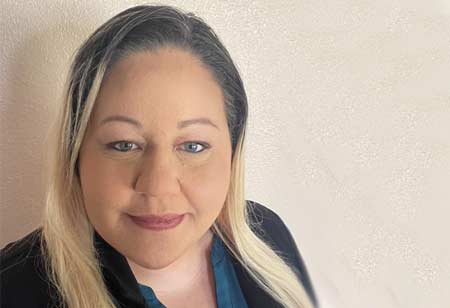Thank you for Subscribing to Healthcare Business Review Weekly Brief

Automating Professional Billing
Healthcare Business Review
Out with the old and in with the new. The days of manual process in the revenue cycle are in the past.
Whether you are part of a large health system, physician group practice, or even an independent physician office, having an efficient, professional revenue cycle process is key for financial success.
There are many areas that make up the revenue cycle, such as patient access, coding, and payer contracting. In this article, I will be focusing on the back-end revenue cycle and professional billing.
System, System Process’ and Automation
Practice management systems should be leveraged in every way possible to make the process efficient. Touches that staff are doing that are ‘busy work’ should be eliminated with automation. If you have an IT team or a vendor that manages your PM system, start having those conversations. Start analyzing the claim edits and denials your practice is receiving, and start interviewing staff to identify tasks that could be managed with automation. For example, if you have a high claim edit rate for missing referring providers on your diagnostic tests, work with your IT team to see what opportunities are available to automate this field on your claims.
Touches that staff are doing that are ‘busy work’ should be eliminated with automation.
Is your staff spinning their wheels when following up on outstanding claims? Every call they make is a status of ‘claim in process.’ First, let us ensure staff have payer portal access so they are not spending hours waiting for someone to pick up the phone, and billers are limited to inquiring about three claims at a time. Now, how can your system help with this issue? Review the data of how long each payer is taking to pay your claims. Set your practice management system up to identify claims for your staff to work based on the number of days payers take to make payment. Depending on the system you have, this is done by driving it to a WQ, putting a flag on the claim, or another way. This will keep your staff from following up on claims too early.
For those who want to invest even further in their revenue cycle, contract with a vendor that does claim status for you and returns the messages back into your practice management system. You can leverage these statuses to drive workflows for your teams.
Structure
Do you have the right people with the right skills to do the right tasks? In professional billing, the main roles are claim edits and submissions, outstanding claim follow-ups, denials, and credits/refunds. Consider your staff's likes, loves, strengths, and challenges in conjunction with the tasks that need to be completed and the number of staff you have. Ideally, you would want separate groups of people for the roles I mentioned above. Then, further, break it down into the outstanding claims and denial roles to be by the payer for those groups. If you have a smaller practice, your ideal state may look different in the sense that you group the roles; for example, claim edits/claim submissions and outstanding claim follow-up are done by the same group within the team. It all depends on the volume of your practice.
Staffing
Is it reasonable to have four billers overseeing a 50-physician group practice? Probably not. Should billers be answering patient phone calls or covering the front desk when the practice is short-staffed? Absolutely not! A biller should be focused on one thing and one thing only, bringing in the revenue. Analysis should be done of historical data to determine the appropriate staff your practice needs to keep the inflow of revenue maximized and at a steady state. You would be looking at how many edits billers are working on releasing the claim clean, how many outstanding claims need to be worked, and how many denials are coming through. Next, we look at productivity standards for the staff. If you do not have any requirements internally, you can review national benchmarks for this. Once you have this data, it's crunch time! You will get to the number of staff you will need based on the volume of work for your practice and expected productivity benchmarks.
Key Performance Indicators (KPI)
Every practice should have KPIs that they are monitoring. What is important to your practice? What do you want to accomplish? Are there mission-driven goals? Are there performance improvement goals? KPIs may differ amongst practices. However, the common KPIs for professional billing are AR days, cash collections, total denial rate, and outstanding claims over 90 days.
Finally, ‘The leader’ of the billing team. Whether this person is a lead, supervisor, or manager, the person in this role should be innovative and able to think creatively. In addition to having the experience and expertise to manage your accounts receivables, they should always be looking for opportunities for automation and efficiencies.









